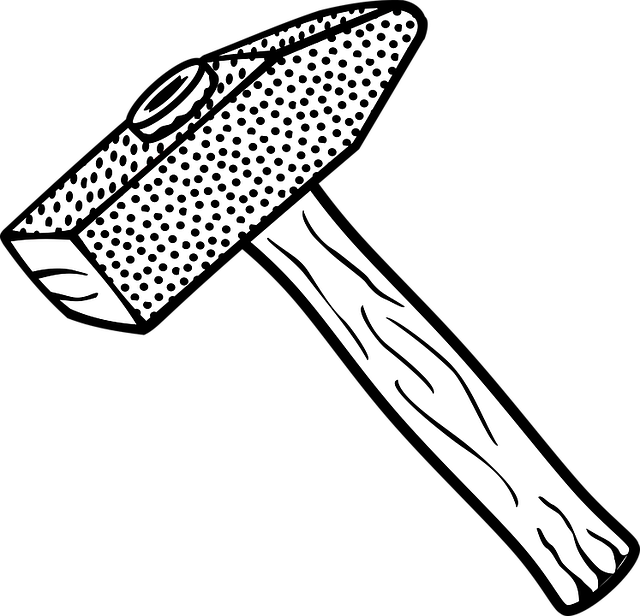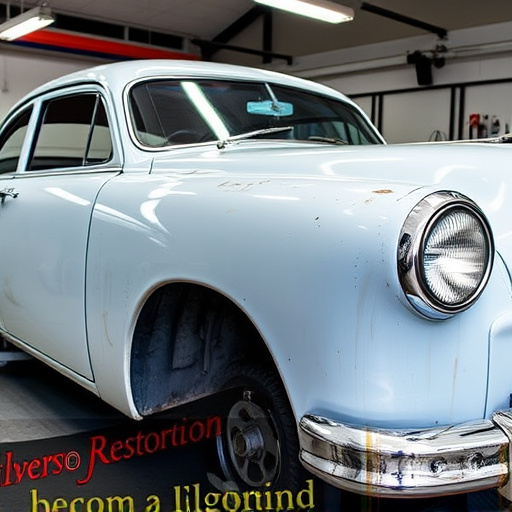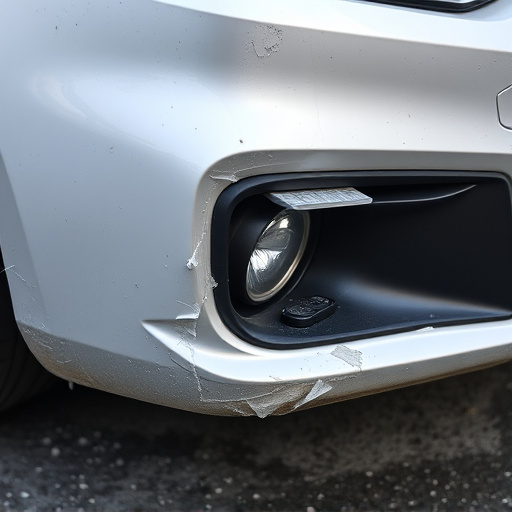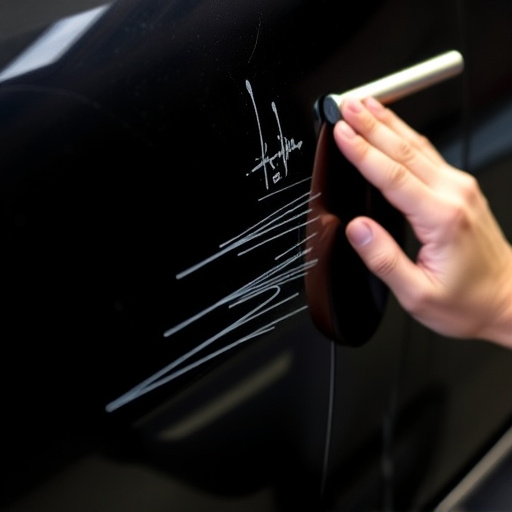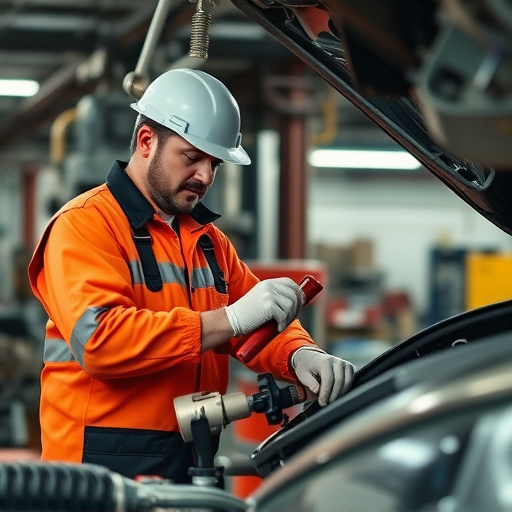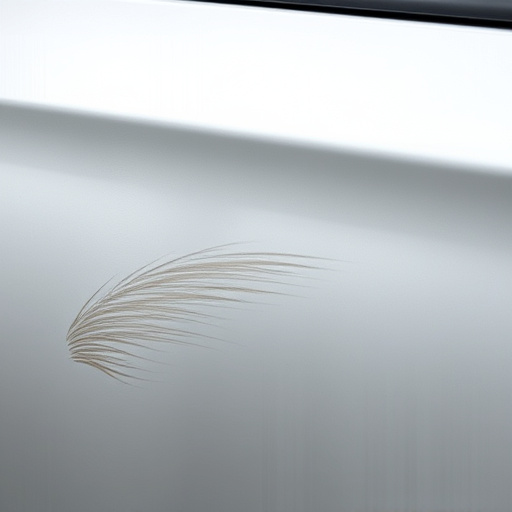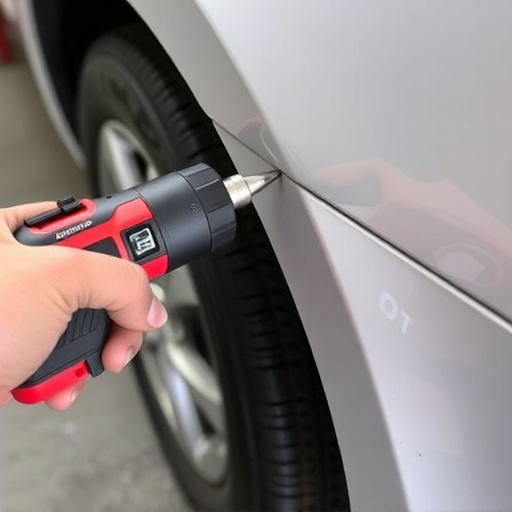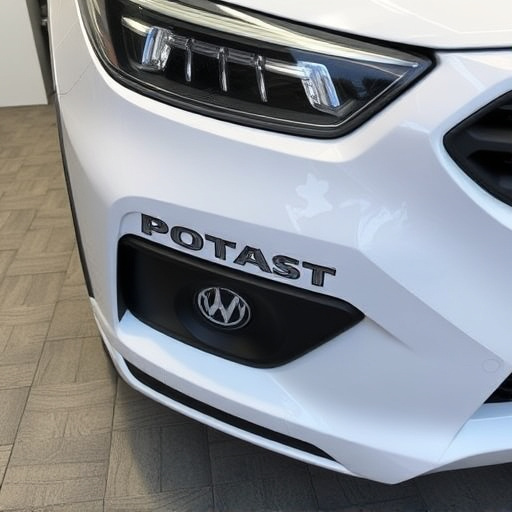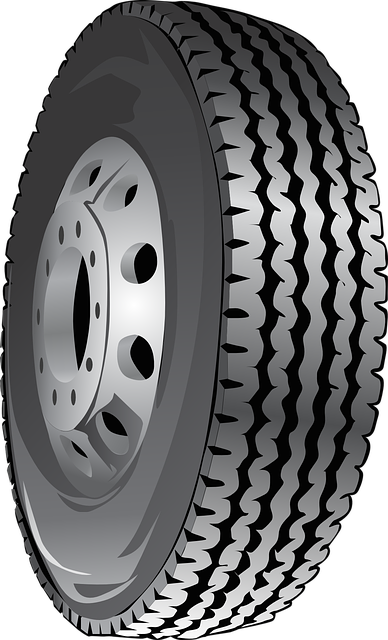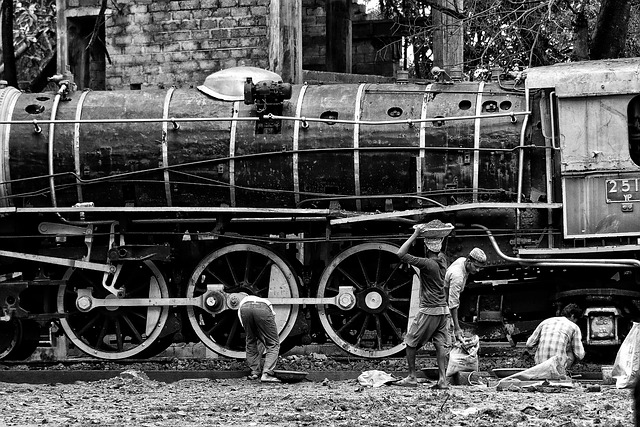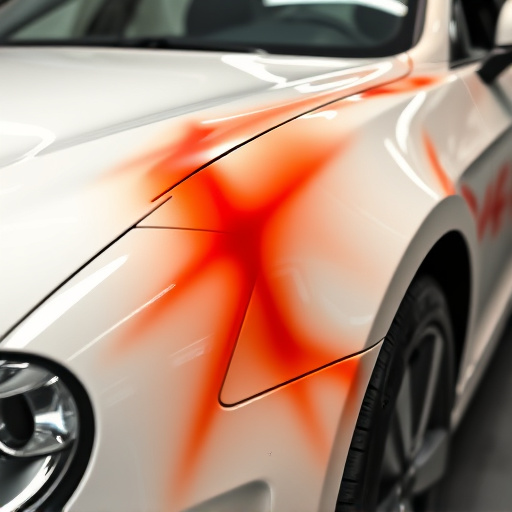The auto body structural repair industry has undergone a significant transformation driven by technological innovations. Advanced tools like 3D scanning, robotic welding systems, and computer-aided design (CAD) software have revolutionized collision centers and repair shops. These technologies enhance precision, efficiency, and customer satisfaction by speeding up the repair process, improving quality, and eliminating manual mixing in paint jobs. Real-time data analysis and sophisticated diagnostic tools enable quicker issue resolution and safer driving experiences. Looking ahead, robotic welding systems and 3D printing are paving the way for even higher levels of precision and sustainability in auto body structural repair.
Technology has revolutionized the landscape of auto body structural repair, transforming traditional methods and enhancing efficiency. This article explores the advancements that have made repairs more precise, faster, and cost-effective. From digital measurement tools to robotic welding, these innovations ensure accurate restoration while improving shop productivity. We also delve into emerging technologies that promise an even brighter future for the industry, shaping the way auto body shops conduct structural repairs.
- Advancements in Technology for Auto Body Structural Repair
- Benefits of Using Technology in Auto Body Shops
- The Future of Auto Body Structural Repair with Emerging Technologies
Advancements in Technology for Auto Body Structural Repair

The field of auto body structural repair has witnessed a significant evolution due to technological advancements, transforming the way damage is assessed and repaired. Modern tools and techniques have made vehicle dent repair more precise and efficient. For instance, 3D scanning technology allows for detailed digital mapping of vehicles, enabling car body shops to accurately identify and measure repairs needed, especially after accidents or collisions.
Additionally, robotic systems have been introduced in auto bodywork, enhancing precision during the repair process. These robots can handle complex tasks such as welding and painting with remarkable consistency and speed. Furthermore, computer-aided design (CAD) software facilitates the creation of customized parts, ensuring a perfect fit every time. This integration of technology not only speeds up the repair process but also improves overall quality in auto body shops.
Benefits of Using Technology in Auto Body Shops
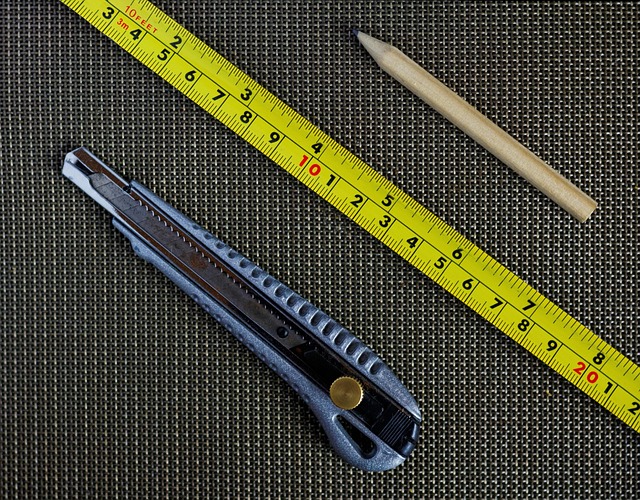
The integration of technology into auto body structural repair processes has revolutionized the way collision centers and repair shops operate. One of the primary benefits is enhanced precision and efficiency, thanks to advanced equipment and digital tools. Modern technologies such as robotic welding systems offer greater accuracy and consistency in metal fabrication, ensuring that every repair is of the highest standard. Additionally, computer-aided design (CAD) software enables technicians to plan and visualize repairs meticulously, facilitating complex auto frame repair tasks with ease.
Furthermore, technology streamlines vehicle paint repair by providing digital color matching systems. These systems precisely match paint colors, eliminating the time-consuming process of manual mixing. With real-time data analysis and sophisticated diagnostic tools, shops can now identify and rectify structural issues more swiftly, leading to faster turnaround times for customers. This not only improves customer satisfaction but also contributes to a safer driving experience by ensuring that vehicles return to the road in optimal condition following auto body structural repair.
The Future of Auto Body Structural Repair with Emerging Technologies

The future of auto body structural repair is being reshaped by emerging technologies, offering unprecedented precision and efficiency in a sector traditionally reliant on manual labor. Advancements such as robotic welding systems are transforming the way panels and frames are repaired, enabling faster turnaround times and reducing costs for collision repair services. These robots can execute intricate movements with consistent accuracy, ensuring that every weld meets high-quality standards.
Additionally, 3D printing technology is emerging as a game-changer in automotive structural repairs. This innovative approach allows for the creation of custom parts tailored to specific vehicle models, streamlining the replacement process and minimizing waste. With its ability to reproduce complex geometries, 3D printing can even restore unique design elements that were previously challenging or costly to replace, taking automotive collision repair to new heights of precision and sustainability.
In conclusion, technology plays a pivotal role in transforming the landscape of auto body structural repair. Advancements such as computer-aided design (CAD), 3D printing, and robotic welding have not only enhanced precision and speed but also revolutionized the efficiency of auto body shops. As we look towards the future, emerging technologies like augmented reality (AR) and artificial intelligence (AI) promise to further streamline processes, improve quality, and reduce costs in auto body structural repair. These innovations ensure that the industry continues to adapt, meet evolving customer demands, and maintain high standards of safety and sustainability.



